Known as the “Architect of the March on Washington,” Bayard Rustin was a tireless crusader for civil rights in the nonviolent tradition of Mohandas Gandhi. Rustin initiated the Freedom Ride movement by leading 1947′s Journey of Reconciliation, and played an instrumental role in the organization of 1963’s Great March on Washington for Jobs and Freedom. After the great legislative civil rights victories of the mid-1960s, he began to focus specifically on the financial problems of unemployed African Americans and working- class Americans in general. His later work with the A. Philip Randolph Institute tackled both racial and economic injustices, and he fought tirelessly for the civil rights of members of the gay community.
Upbringing and Early Civil Rights Activities
Bayard Rustin was raised in the town of West Chester, Pennsylvania, by his maternal grandparents. Because of his grandmother’s active involvement with the National Association for the Advancement of Colored People (NAACP), Rustin grew up in the company of American civil rights leaders such as James Weldon Johnson and W.E.B. Du Bois.
Rustin’s interest in political activism began at an early age. As a high school student, he rallied his fellow students to combat segregationist policies at the local YMCA and West Chester’s Warner Theater. He also organized protests at segregated department stores, restaurants, and soda fountains throughout the region. In addition to his talent for leading and inspiring others, young Rustin was widely regarded as a gifted athlete, singer, writer, and involved student. In 1932, he was awarded a vocal scholarship to Wilberforce University in Wilberforce, Ohio. His musical abilities supported subsequent studies at Cheyney State Teachers College in Cheyney, Pennsylvania.
Shortly after relocating to New York City in 1937, Rustin began working for the Fellowship of Reconciliation (FOR), an interfaith religious group that continues to fight for social justice using tenets of nonviolent action and passive resistance. While serving as youth secretary at FOR. he helped fellow civil rights activists George Houser, Bernice Fisher, and James L. Farmer, Jr., as they were forming the Congress of Racial Equality (CORE). Although he isn’t recognized as an official founder of CORE. Rustin was instrumental in establishing the organization’s fundamental nonviolent principles.
Rustin’s dedication to pacifism was more than purely philosophical. Rather than accept induction into the military as a result of the World War II draft, he served two years in the Lewisburg Federal Penitentiary. While imprisoned, Rustin organized and implemented FOR’s Free India Committee. Several years later, he made a personal trip to India in order to learn strategies of nonviolent resistance from key members of the Gandhi-led civil rights movement. Over the course of his career as a political activist, Rustin was arrested on several occasions for attending protests against British colonialism in India and elsewhere.
A Giant of the American Civil Rights Movement
In 1947, Rustin and fellow FOR staff member George Houser organized the historic Journey of Reconciliation, a protest against segregated public transportation that predated the famous Freedom Rides of the 1960s by well over a decade. For a period of two weeks, Rustin and 13 other #black and white protesters rode interstate busses throughout the southern United States, refusing to take their places within the established segregated seating system. As a consequence of this radical act, Rustin was arrested and sentenced to hard labor on a prison chain gang.
Rustin&8217;s association with Dr. Martin Luther King, Jr., began in 1956 when he was recruited to provide key advice in the field of nonviolent Gandhian tactics. The very next year, he helped Dr. King establish the powerful and influential Southern Christian Leadership Conference (SCLC).
Bayard Rustin is perhaps most remembered as a principal organizer of the 1963 March on Washington for Jobs and Freedom. Coordinating and supervising logistics for this monumental event, he scheduled speeches, oversaw security, directed transportation, and even procured 80,000 sandwiches to feed hungry marchers. Packing more than 250,000 people into Washington’s National Mall, the event was an enormous success. A week later, Rustin and fellow organizer A. Philip Randolph were featured on the cover of Life magazine.
In 1965, Rustin and A. Philip Randolph collaborated once again as cofounders of the A. Philip Randolph Institute (APRI). Connecting civil rights issues to a general struggle for safe and fair working conditions, the APRI continues to operate today as a division of the AFL-CIO.
Over the remainder of the 1960s, Rustin traveled throughout the United States and the world to organize demonstrations and speak out against a wide range of social, political, and economic injustices. He also returned to his hometown of West Chester to lead fair housing protests and address racial disparities in the local school system.
For much of his later career, Rustin monitored human rights and international election procedures for the Washington, DC-based nongovernmental organization Freedom House. He also lent considerable support to a critical New York State gay rights bill.
Suffering from a perforated appendix, Rustin passed away on August 24, 1987. He is remembered as a champion of the little man with strong pacifist beliefs and an abiding respect for the ideals of democracy and humanism. Over the years, a number of buildings have been named in his honor including the Bayard Rustin Educational Complex in Manhattan; the Bayard Rustin Social Justice Center in Conway, Arkansas; and Bayard Rustin High School in his hometown of West Chester, Pennsylvania.
The post Bayard Rustin appeared first on Black Heritage Commemorative Society.


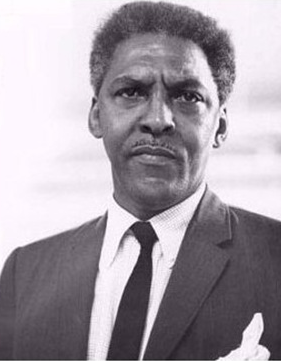






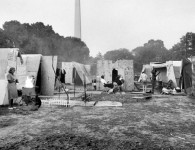
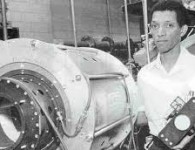
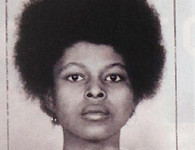


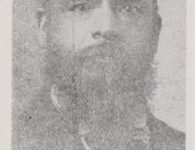
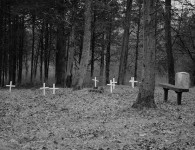

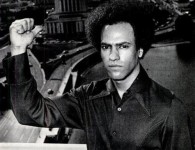

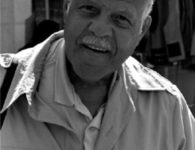

1 Comment
Le Viagra Est Il Efficace Priligy Donde Comprar No Script Tretnoin cialis Amoxicillin And Acne Picrolax Buy Amoxicillin In Mexico